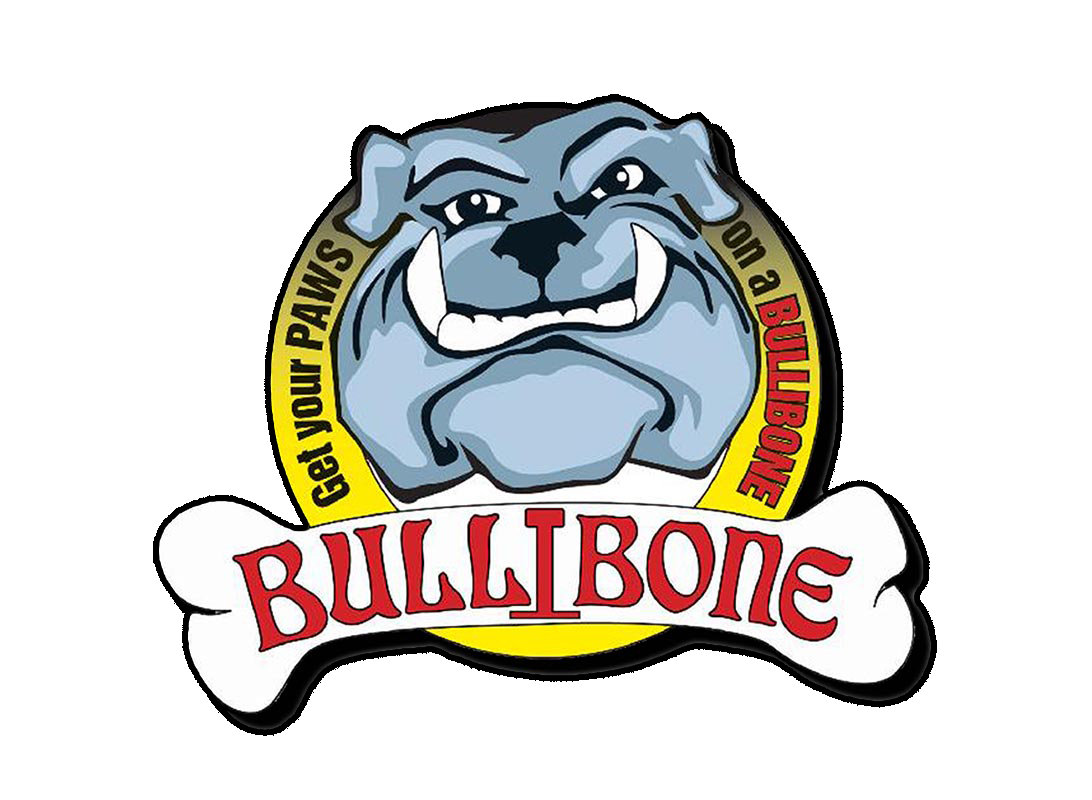Dogs experience the world through their senses in a unique and fascinating way. Their sense of smell, in particular, is truly remarkable. A dog’s nose is estimated to be thousands of times more sensitive than that of a human, with over 300 million olfactory receptors compared to our mere 6 million. This extraordinary sense of smell allows dogs to detect a wide range of scents, from identifying specific individuals to detecting diseases like cancer or diabetes. Their ability to analyze the chemical composition of smells and track scents over long distances is a testament to their intricate thought processes.
In addition to their exceptional sense of smell, dogs have well-developed vision and hearing. While their visual acuity is not as sharp as that of humans, they have a broader field of view and can detect subtle movements more easily. This is why dogs often excel in activities such as tracking, herding, and hunting. Their acute hearing allows them to pick up on sounds at higher frequencies than we can perceive, making them adept at detecting approaching footsteps, distant sirens, or even the jingling of their favorite toy keys.

- Social Bonds and Emotions
Dogs are renowned for their social nature, and their thoughts are undoubtedly influenced by their interactions with both humans and other animals. They are known to form strong emotional bonds with their human families, viewing them as part of their pack. Dogs rely on social cues and body language to communicate and understand the intentions of others, including humans. Their thoughts likely revolve around maintaining and strengthening these social connections.
Dogs are highly perceptive of human emotions. They can detect subtle changes in facial expressions, vocal tones, and body language, allowing them to understand our moods. Their thoughts might involve deciphering and responding to the emotional states of their human companions. Dogs often provide comfort and support during times of distress, displaying empathy and an innate ability to offer solace. Their thoughts may revolve around providing comfort, seeking reassurance, or expressing their own emotional states.
- Problem-Solving and Learning
Dogs possess an impressive capacity for problem-solving and learning, although some breed variations in intelligence and aptitude exist. Through a combination of instinctual behaviors and cognitive processes, dogs can adapt to new situations and acquire new skills. They can learn from observing other dogs or humans, imitating behaviors, and understanding cause-and-effect relationships. Their thoughts likely involve assessing their environment, identifying patterns, and strategizing to achieve desired outcomes.
Training sessions and interactive toys provide mental stimulation for dogs. They enjoy engaging in activities that challenge their problem-solving abilities, as it offers a sense of accomplishment and mental enrichment. Dogs can also exhibit impressive memory recall, recalling past experiences and associating them with specific cues or contexts. Their thoughts may involve recalling past successes, predicting future outcomes, and applying learned knowledge to various situations.


- Daily Activities and Routines
In the midst of their captivating thought processes, dogs find solace and joy in their daily activities and routines. These furry friends thrive on predictability and embrace the comfort that comes with a structured lifestyle. From the moment they eagerly anticipate their mealtime to the excitement that arises when their human family members return home from work, dogs rely on routines to provide them with a sense of security and stability.
Engaging in regular physical exercise and playtime is an essential part of a dog’s daily routine. It not only promotes their physical well-being but also nurtures their mental health. Dogs adore interactive toys that challenge their problem-solving abilities, such as chew dog toys that move like the Spin-a-bone by Bullibone. This toy combines the thrill of playtime with the mental stimulation dogs crave. As they strategize, anticipate movements, and revel in the joy of being physically active, their thoughts become engrossed in the moment, fully immersed in the world of play.
Additionally, the Spin-a-bone by Bullibone satisfies a dog’s natural instinct to chew while keeping them engaged and entertained. Its moving design captivates their attention and offers a rewarding sensory experience. Chewable dog toys that move, like the Spin-a-bone, provide dogs with an interactive and stimulating way to channel their energy and fulfill their chewing needs.
Including toys for dogs that move like our Spin-A-Bones in their daily routine ensures mental and physical stimulation and strengthens the bond between dogs and their human companions. By incorporating this innovative toy into their playtime, dog owners can enhance their furry friends’ overall well-being and happiness.
- Dreams and Sleep Patterns
Research suggests that dogs, like humans, experience dreams during their sleep. Observations of dogs’ REM (rapid eye movement) sleep patterns indicate that they go through similar sleep cycles as humans, including deep sleep and dream states. During REM sleep, dogs may exhibit twitching, paw movements, and even vocalizations, suggesting that they are experiencing dream-like mental activity.
While we can only speculate on the content of a dog’s dreams, it is believed that they might involve reenacting experiences from their waking lives, such as chasing squirrels, playing fetch, or interacting with their favorite humans. Dreams could serve as a way for dogs to process and consolidate their memories and engage in imaginative scenarios. Dogs’ thoughts during these dreams could reflect their daily activities, instincts, and emotions.

The intricate workings of a dog’s mind continue to captivate and inspire curiosity among dog owners and researchers alike. While we may never fully comprehend the depth and complexity of their thoughts, the exploration of sensory perception, social bonds, problem-solving abilities, daily routines, and even dreams offers valuable insights into the canine thought process. By understanding and appreciating the inner world of dogs, we can forge stronger connections, enhance their well-being, and nurture the extraordinary bond we share with our beloved four-legged companions.

